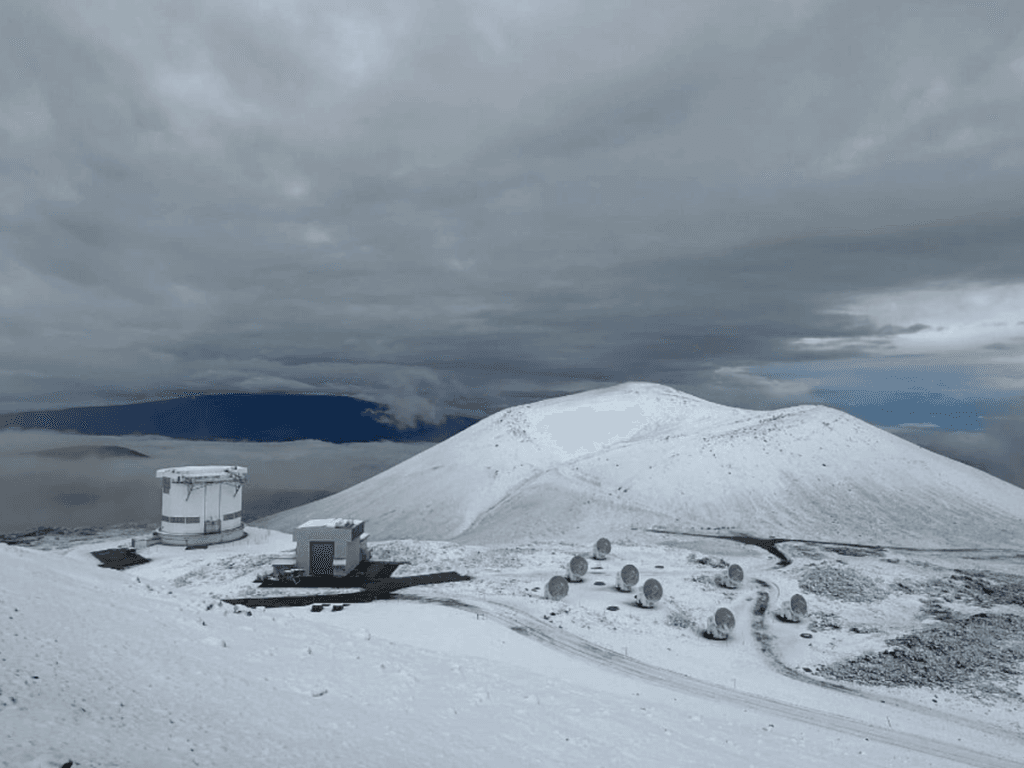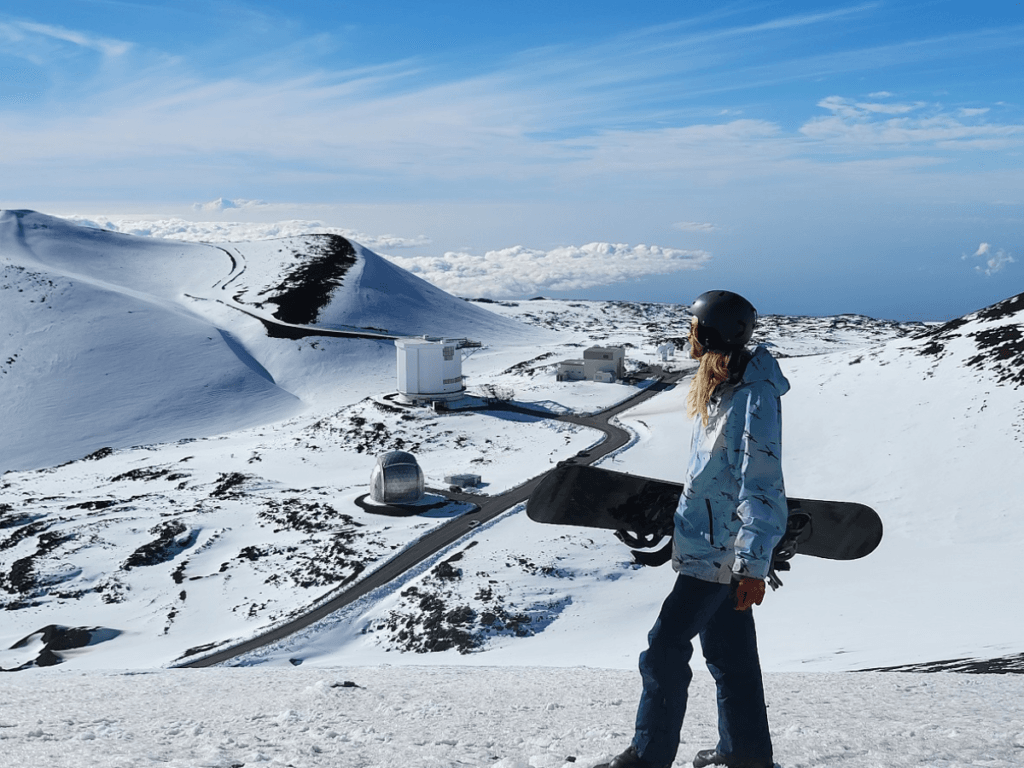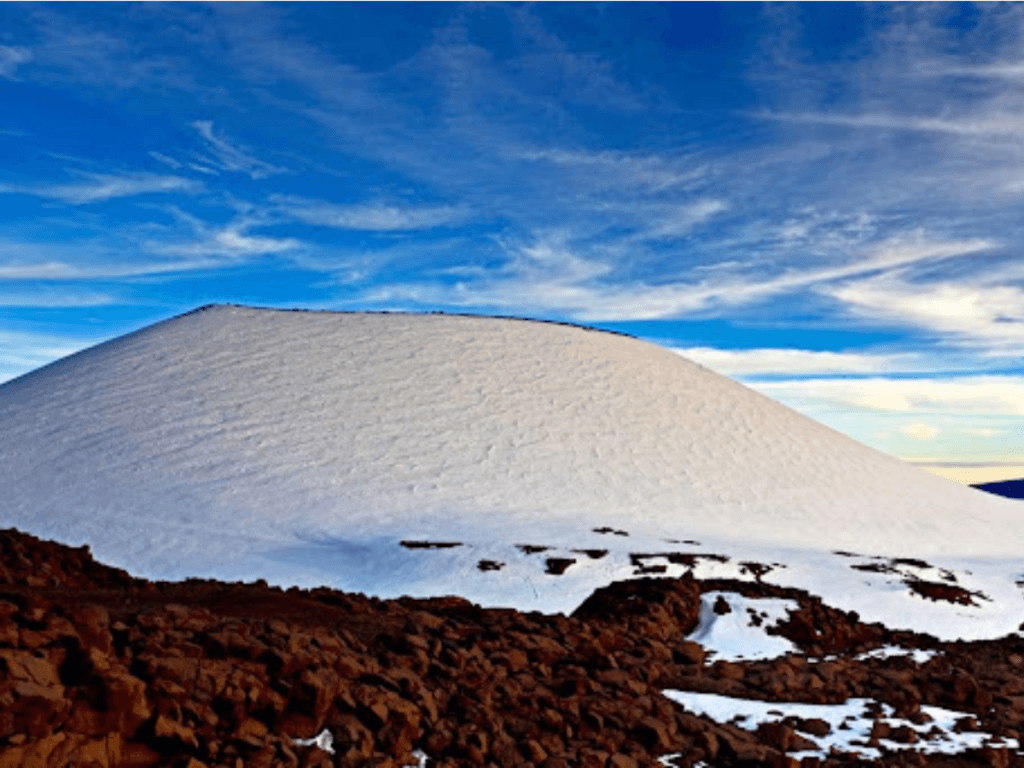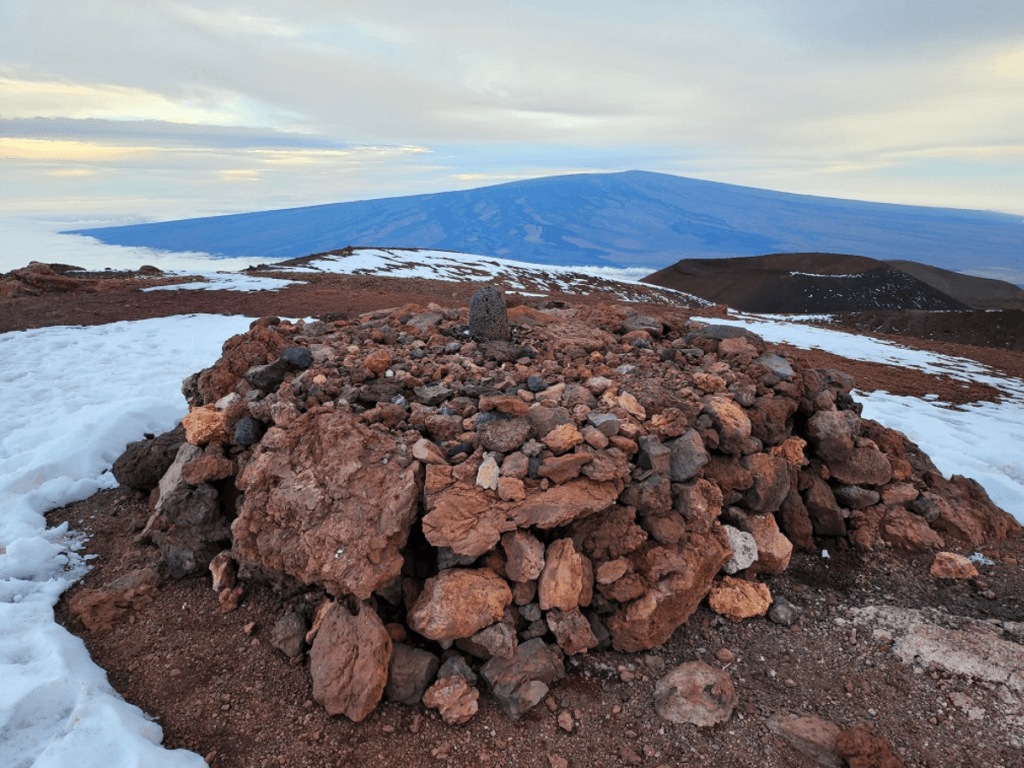Experience Hawaii like never before! Discover the snowy wonderland of Mauna Kea, where winter magic meets island beauty for an unforgettable adventure.
Snowfall on Mauna Kea in Hawaii
When you think of Hawaii, images of sandy beaches, swaying palm trees, and tropical sunshine likely come to mind. But hidden high above the clouds, Mauna Kea offers a surprising and magical twist: snowfall. This dormant volcano transforms into a winter wonderland during the colder months, providing a unique experience that combines Hawaii’s natural beauty with the enchantment of snow.
1. Mauna Kea: An Overview

Mauna Kea is the highest point in Hawaii, standing tall at 13,796 feet above sea level. Its name means “White Mountain,” reflecting its snow-covered summit during winter.
- Mauna Kea is taller than Mount Everest when measured from its base under the ocean.
- It is sacred to Native Hawaiians, blending cultural significance with natural wonder.
2. When Does Mauna Kea Get Snow?

Snowfall on Mauna Kea typically occurs between November and March, with the heaviest snow blanketing the summit in January and February.
- Snow depends on weather conditions, so it’s best to check forecasts before visiting.
- Combine your winter visit with stargazing for an unforgettable experience.
3. Activities to Enjoy During Mauna Kea’s Snowfall

From snowball fights to sledding, Mauna Kea offers exciting ways to enjoy the snow alongside breathtaking views of the Hawaiian Islands.
- Try sledding or snowboarding down the gentle slopes near the summit.
- Capture stunning photos of the snowy peak contrasting with Hawaii’s lush greenery.
4. Stargazing at Mauna Kea

The clear skies and high altitude of Mauna Kea make it one of the world’s best stargazing locations, especially during winter nights.
- Visit the Mauna Kea Visitor Information Station for guided stargazing events.
- See constellations, planets, and the Milky Way like never before.
5. How to Reach Mauna Kea

Reaching Mauna Kea requires a 4WD vehicle due to steep, unpaved roads. The drive to the summit is an adventure in itself.
- Stop at the Visitor Information Station to acclimate to the altitude.
- Guided tours are available for those who prefer a hassle-free experience.
6. Tips for Visiting Mauna Kea in the Snow

Prepare for a safe and enjoyable trip with these essential tips for navigating the snowy peaks of Mauna Kea.
- Dress in warm layers, as temperatures at the summit can drop below freezing.
- Bring plenty of water and snacks, and be cautious of altitude sickness.
7. Mauna Kea’s Sacred Heritage

Mauna Kea holds deep spiritual and cultural importance to Native Hawaiians, representing a sacred connection between land, sky, and ancestors.
- Respect cultural practices by staying on designated trails and areas.
- Learn about the mountain’s history and significance from local guides.
Conclusion
Snowfall on Mauna Kea is a captivating phenomenon that blends the unexpected beauty of winter with Hawaii’s tropical charm. Whether you’re building a snowman, stargazing under the clearest skies, or simply marveling at the contrast of snow and island landscapes, Mauna Kea offers a one-of-a-kind experience. Add it to your bucket list for a Hawaiian adventure unlike any other!
Find out more:
10 Ideal Places to Discover in Hawaii in January

